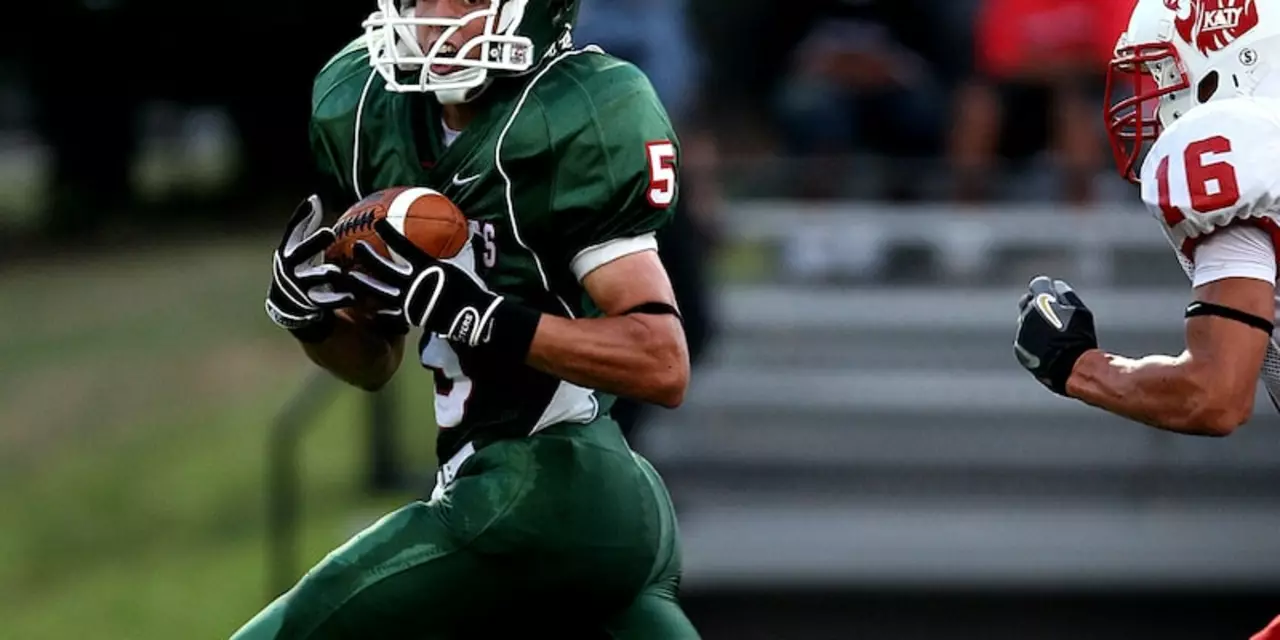Sports History
When you think about Sports History, the chronicle of how games grow, change, and shape societies. Also known as sport heritage, it reveals why certain sports dominate and others fade. Sports History isn’t just dates and scores; it’s the story of fans, rules, and media that push a game into the spotlight. For example, the rise of televised leagues turned local pastimes into national obsessions, creating the backdrop for the debates you’ll see below.
American Football’s Surge
One of the biggest chapters in this story is American football, a high‑impact, strategy‑heavy game that blends physical play with intricate play‑calling. Also called gridiron, it grew from college fields to a multi‑billion‑dollar industry. Sports History encompasses the evolution of American football, showing how professional leagues, massive TV contracts, and fantasy drafts turned it into a cultural megaphone. The sport’s physicality and clear season structure gave it a edge over smoother, less contact‑focused games, especially in regions that prize rugged competition.
Meanwhile, soccer, the world’s most‑played ball game known for its fluid play and global fanbases, also called football, struggled to capture the same American audience. Sports History includes the global spread of soccer, but its growth in the USA hit a wall where college football and the NFL already commanded attention. The sport’s emphasis on continuous play and lower scoring didn’t click with a market accustomed to frequent pauses for commercials and analysis.
All of this comes down to popularity, the measure of public interest, media coverage, and commercial support a sport receives. Popularity influences the growth of sports in the USA, a diverse market where regional cultures shape which games thrive. When a sport gains TV deals, merch sales, and sponsorships, it creates a feedback loop that draws more fans, which in turn fuels more revenue. That loop is exactly why American football outpaced soccer: higher viewership drove bigger contracts, which then amplified the sport’s reach.
Below you’ll find articles that dig deeper into these dynamics, from the early college rivalries that set the stage to the modern media battles that keep fans hooked. Browse the collection to see how each piece fits into the larger mosaic of Sports History and how the forces of popularity, culture, and business continue to rewrite the playbook.
American football has become more popular than soccer in the United States due to a variety of factors. These include the physicality of the game, the presence of professional leagues, and the cultural and geographic influences of areas with high concentrations of immigrants. Additionally, the Americanization of soccer in the early 20th century and the growth of college football have also been credited with increasing the popularity of American football over soccer. The popularity of American football has been further bolstered by media coverage and an increase in fantasy football and gambling. In short, American football has surpassed soccer as the most popular sport in the United States largely due to its physical nature, the presence of professional leagues, and the cultural and geographic influences of areas with high concentrations of immigrants.
